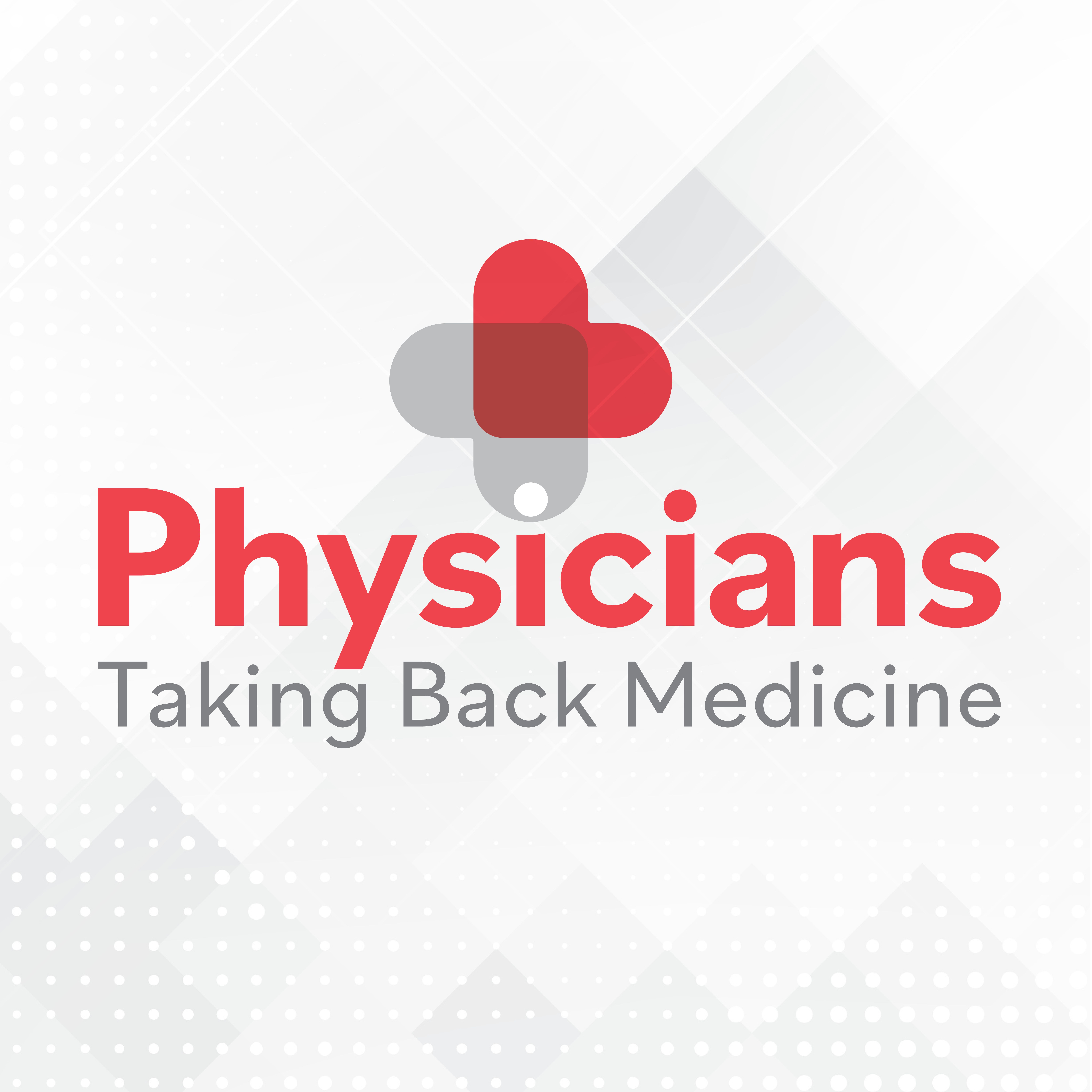News
Article
Are hospitals upcoding patients to boost revenue?
Author(s):
Key Takeaways
- Hospitals increased documentation of high-intensity care by 41% from 2011 to 2019, leading to billions in extra payments.
- Upcoding practices resulted in $14.6 billion in additional payments in 2019, with $5.8 billion from private plans and $4.6 billion from Medicare.
RAND study found hospitals have increased how frequently they say patients need the highest level of care
Hospital upcoding costs billions: ©Christian Delbert - stock.adobe.com

A RAND study that look at five states over nearly a decade found that hospitals have increased how frequently they document patients as needing the highest intensity care, leading to billions in extra payments from health plans and government programs. The study was published in the journal Health Affairs.
Among thousands of cases involving hospitals stays for 239 conditions, researchers examined how often hospitals upcoded patients to the sickest end of the care spectrum, and found that from 2011 to 2019, the number of patient discharges documented as needing the highest intensity care increased by 41%. Adjusting for changes in patient demographics, pre-existing comorbidities, length-of-stay and hospital characteristics, researchers estimated that the increase would have been 13% in the absence of changes in coding behavior.
The study estimates that in 2019, the increase in upcoding (relative to 2011 coding practices) was associated with $14.6 billion in hospital payments, including $5.8 billion from private health plans and $4.6 billion from Medicare.
“These findings add to the evidence that hospitals may move patients into the highest billing category in order to increase the amount they are paid for patient care,” said Daniel Crespin, lead author of the study and an economist at RAND, a nonprofit research organization, in a statement. “This suggests that government programs and private payers are paying billions more each year than what would be expected based on historical rates.”
In 1983, in order to control costs, Medicare created a system where hospitals are paid for patient care in a lump sum rather than for each individual service or procedure performed. These diagnosis-related groups are paid on the basis of a principal diagnosis and the presence of complications and additional illnesses. Along with Medicare, most private insurances now use diagnostic related groups for payments to hospitals.
Researchers say that diagnosis-based payment systems can create incentives to upcode patients to a higher level of severity to increase payment. In some instances, upcoding can be a form of fraud if providers code patients to a higher complexity than is appropriate, whereas in other instances, upcoding can accurately reflect the severity of a patient’s illness.
RAND researchers examined state inpatient databases prepared by the Healthcare Cost and Utilization Project for Florida, Kentucky, New York, Washington State, and Wisconsin. The information includes approximately 15% of all U.S. community-based hospitals and nearly 20% of discharges nationwide.
The condition with the largest number of upcoded discharges was heart failure and shock, with an additional 27% of all heart failure and shock discharges being upcoded in 2019 compared with 2011. Other illness with large increases in upcoding were simple pneumonia and pleurisy, chronic obstructive pulmonary disease, septicemia or severe sepsis without mechanical ventilation for 96 or more hours, and bronchitis and asthma.
Researchers say that further research is needed to increase understanding of the proportion of upcoding that represents fraudulent coding practices versus accurate and more complete coding.
“These findings can contribute to the growing body of evidence supporting the design of payment models that limit distortions in payment and resource allocation,” Crespin said.





